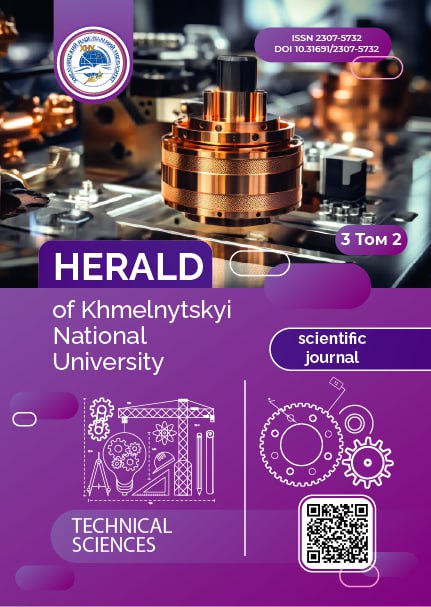MATHEMATICAL MODEL FOR FORECASTING THE SCIENTIFIC ACTIVITY OF RESEARCH AND TEACHING STAFF USING INTERVAL DATA ANALYSIS
DOI:
https://doi.org/10.31891/2307-5732-2025-353-53Keywords:
scientific activity, interval data, indicator hierarchy, scientific workload, mathematical model, researcher profileAbstract
This article presents a mathematical model for forecasting the scientific activity of research and teaching staff under conditions of limited historical data. The study addresses the challenge of insufficient time series data, which makes traditional statistical or machine learning methods ineffective. To overcome this, the authors propose the use of interval analysis combined with a hierarchical structuring of scientific activity indicators, based on Ukrainian educational and scientific legislation and internal institutional regulations.
Scientific activities are grouped into five key functional categories: research supervision, project and patent activity, expert and editorial contributions, publication activity, and organization of scientific events. Each group is quantified by aggregated time indicators, allowing a reduction in dimensionality and the construction of a simplified yet informative “scientific profile” of a researcher.
The core of the proposed method lies in constructing and solving an interval system of linear algebraic equations (ISLAE), where the vector of weight coefficients represents the relative importance of each type of scientific activity. The solution set of this system forms a convex polytope (parallelepiped), within which interval forecasts of the staff’s scientific workload can be made. The article also explores the derivation of ellipsoidal approximations of this polytope to estimate confidence regions, assuming a normal distribution of coefficients.
The authors demonstrate how interval estimates of weight coefficients can be used for planning the future workload of educators, ensuring it falls within normative boundaries (e.g., 30–60% of annual working hours). The paper provides illustrative examples based on real-world data from the West Ukrainian National University, including graphical representations of parallelepipeds and ellipsoids, and shows how to transform a general profile into detailed activity plans at the subgroup level.
The proposed model is not only theoretically sound but also practical for implementation in internal university systems for monitoring and managing research productivity. It supports automated planning, compliance checks, and personalized distribution of scientific workload, thereby contributing to improved transparency and efficiency in higher education institutions.
Downloads
Published
Issue
Section
License
Copyright (c) 2025 МИКОЛА ДИВАК, АНДРІЙ ЮШКО (Автор)

This work is licensed under a Creative Commons Attribution 4.0 International License.

